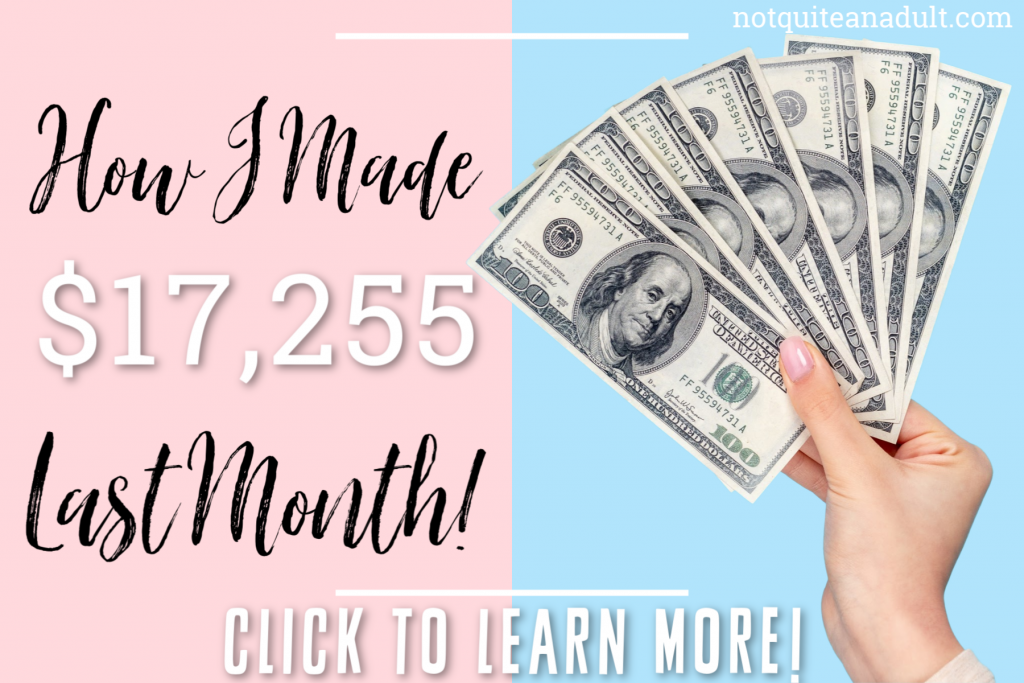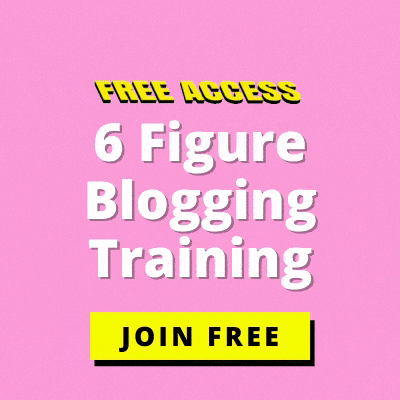Mistakes are completely normal and you need to make them to be able to go where you want to be.
However, there are some you can easily avoid.
This article will give you 6 tips to identify the most common beginner’s mistakes and how to avert them.

Table of Contents
1. Find The Right Niche
First of all, what are you passionate about?
Secondly, how can you help others to become passionate about the same subject? How can you answer and solve problems they might have?
As a newcomer the best way to start is finding a niche you would enjoy writing about and have some knowledge about.
If you are a great sewer, knitter, painter or cook; write about it.
Even unusual hobbies like the collection of philatelic will have an audience somewhere.
Once you have found your niche, make sure you have enough information or knowledge about it, so you can write informative articles. Make it more interesting by adding photos or pictures, even of your own work or collection.
Try to avoid jumping from one subject to another. You don’t want to confuse your audience with a variety of topics. You want them to be able to identify you with a topic which they feel you are an expert in.
Another option is to offer a subject where you have natural variety, but still stay within one category, such as: “The best household tips my grandma taught me”.
Here you could write about cleaning, cooking, or any other household chores.
“Do it yourself” is another category, which also works well in the same manner.
The focus would be on how to do things yourself instead of buying them.
It gives you a number of subjects to write about, but you are still focusing on your main topic.
2. Create Content With Value
A number of new bloggers start with the impression that copy and paste from other blogs will do the job.
Very wrong! If you don’t create content with added value, you can’t build a permanent audience and you will never succeed with your blog. That is the harsh truth.
Your readers are looking for advice and answers to questions or problems they have. You cannot fool them. They will quickly know if you are just scrambling along and once you lose your credibility, it is very difficult to get it back.
Look for ideas that could inspire your readers.
Think intensively about your content, and over time writing your blog will become much easier for you.
3. Define Your Target Group
Once you have found your niche and decided about your content, the next step is to identify your target group.
You have to know who you are blogging for.
When you write your text who do you have in mind?
Women, men or both? Younger demographic, middle aged women or men?
Are you writing for parents, single moms or dads?
Who are the people who share a passion with you?
Play it out in your head like this:
Imagine you are talking about the subject you would like to write about to another person. How would that person look? How old would she or he be?
Create a character in your head. If you have a friend who shares common interests, then think about how he/she talks, what captures their attention etc.
Once you have the person in front of your inner eye, you can define the tone of your blog and cater it to your target group.
There is no such thing than writing for everybody. That won’t work.
4. Use Social Media Effectively
Another mistake new bloggers often make is not using social media effectively.
Again, you need to know where your target group is circulating, and then go and meet them there.
There are quite some differences between Instagram, Facebook and Pinterest, and your content has to be adjusted for each one of them.
Your blog content might be well received on your blog but it is a different story when it comes to facebook or instagram. The format and script would not work well there.
Every social network needs a lot of maintenance on its own. It is better you focus on one network and do it well, instead of playing all of them and not getting the results you need or should.
With experience, you will be able to identify the right content for a particular network.
You will learn to further optimize content and reach the point where you know exactly how to use the respective social networks properly.
5. Be Available For Your Audience
Now that you have established your niche and content, and have learned how to reach your audience via social media, you have to actively engage with your readers.
Respond to comments on your blog, on Instagram or Facebook.
Build a personal relationship with your readers. Not to do so would be a very serious mistake.
Especially in the beginning it is difficult to build up trust with your audience. Once you have that accomplish you want to keep it up.
It requires a lot of patience and does not work by itself. You can’t just open your computer, write a big article and think that’s it.
Invite your readers to leave comments and respond to them. Respond to their questions, be available for them.
6. Appreciate Comments And Criticism
It is absolutely important that you respond to comments; be there for your readers. If someone praises your article, be grateful and acknowledge it.
If they have questions or need to have a problem clarified reply to their requests. Respond to personal messages. It is the biggest sign of an enthusiastic reader when they take the time to message you personally.
And then there is criticism.
Nobody wants to be criticised for their work. But you will. Once you expose yourself, you have to learn to deal with unfavourable comments.
Read them and acknowledge constructive criticism. Check if the person writing it has a point. Answer politely and short, and that’s it. Do not get defensive and do not engage in endless word battles.
It will take your energy and time, both should go into building new and better content.
What you do not have to accept is harassment. If people become rude and the goal of their comments is just to express their own frustration without giving you any value, then distance yourself from that. It is your right to delete those comments.




Leave a Reply